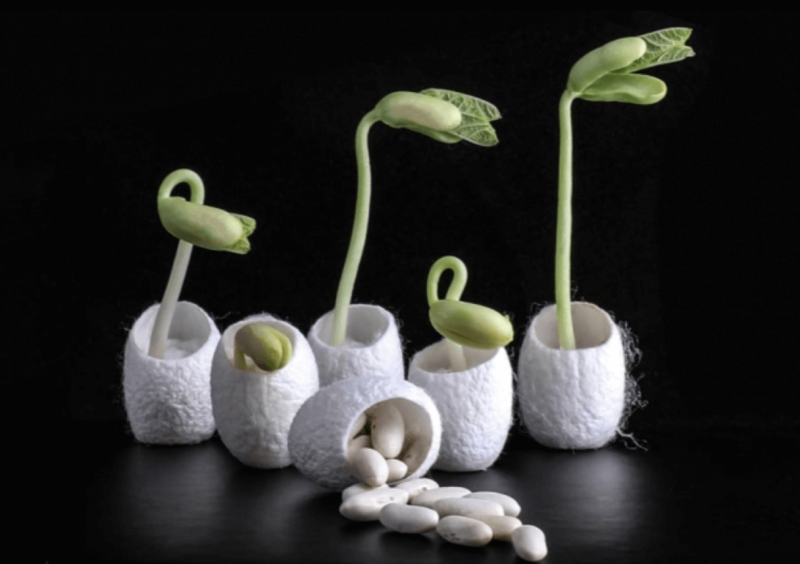We’re in a race against time to climate-proof our seed systems. Some estimates indicate that in countries faced with serious food security issues like Haiti or South Sudan, only 10 per cent of farmers have access to quality seed, which includes improved varieties from private research that are better suited to today’s more extreme and unpredictable conditions. Others are put off adopting improved varieties by the risk of counterfeit seeds, which is heightened by the growing demand and premium for climate-smart seeds.
There’s no one-size-fits-all solution.
Today’s plant breeders could increase their breeding capacities by adding a range of highly precise and powerful breeding tools to their toolbox, like genome editing, that not only increase our ability to select and develop crop traits such as heat, drought and resistance to pest and diseases, but also accelerate the process of improving crops to protect farmers’ yields and livelihoods.
Genome editing can also accelerate the domestication of new crop species by enhancing their productivity. Studies indicate teff, a staple cereal in Ethiopia and Eritrea, is a candidate for domestication. At present, teff productivity is held back because of seed losses from the ear often caused by the impact of weather. But semi-dwarf varieties, created through gene editing, reduce the risk of lodging or displacement that spares the seed and increases yield – something that eluded traditional breeding methods.
































